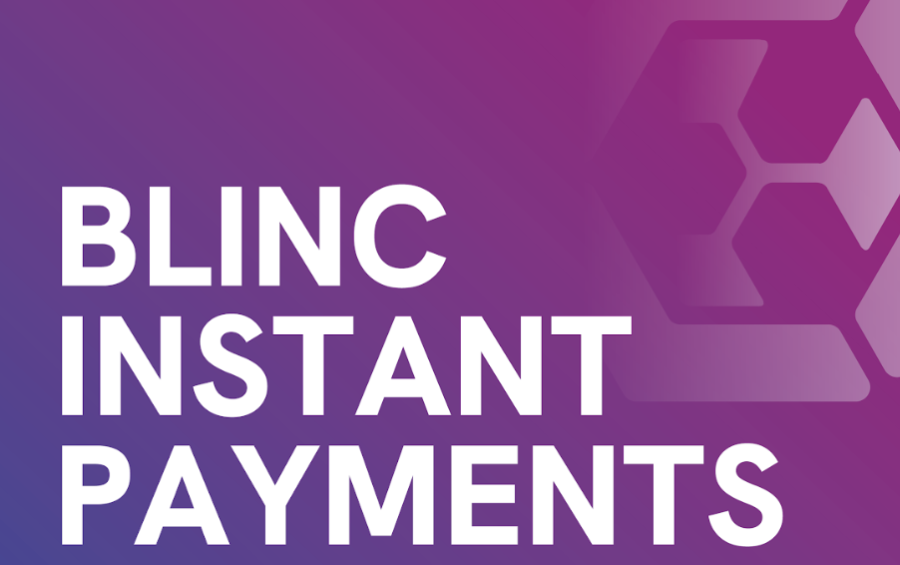BCB Group - Insights - Stablecoins vs Traditional Assets: key differences explained

Stablecoins vs Traditional Assets: key differences explained
Institutional finance is changing. As digital assets move into the mainstream, stablecoins are emerging as a credible complement to traditional assets. For institutions, the question is no longer “if” they should understand stablecoins, but “how” they can be used alongside existing tools to deliver efficiency, security, and scale.
Here, we explain what sets stablecoins apart, how they compare with traditional assets, and why regulated infrastructure is critical for adoption.
What are Stablecoins?
Stablecoins are digital tokens pegged to a reserve asset, most often fiat currencies like USD or EUR. Their design solves the volatility problem that plagues other cryptocurrencies.
Unlike Bitcoin or Ethereum, stablecoins offer utility. They enable fast, low-cost transactions and unlock new ways of moving capital across borders.
Common models include:
- Fiat-backed: Fully collateralised by cash or short-term securities. (e.g. USDC)
- Crypto-backed: Collateralised by digital assets, usually overcollateralised. (e.g. DAI)
- Algorithmic: Stabilised via smart contract supply/demand mechanics. These carry a higher risk.
Learn how BCB crypto accounts support stablecoin transactions alongside fiat.
Growth of Stablecoins
Stablecoins have grown from experimental tools to a core part of the digital economy.
- Rapid growth: The stablecoin market cap now exceeds $280 billion, according to a report on The Defiant.
- USDT and USDC dominate, but euro- and GBP-linked coins are gaining traction.
- Cross-border payments and DeFi adoption fuel demand.
Institutions now use stablecoins for settlement, treasury diversification, and liquidity management. Their role as a dollar proxy is especially valuable in markets with limited access to the US dollar.
“Stablecoins have become the pipes of the digital asset economy. They move value faster, cheaper, and with fewer barriers.”
Different Types of Stablecoins
The type of collateral matters, as it determines risk, transparency, and trust.
- Fiat-collateralised: Lower risk, preferred by institutions. Audited reserves.
- Commodity-backed: Niche use cases (e.g. gold), less liquid.
- Crypto-collateralised: Transparent but volatile; collateral must exceed token value.
- Algorithmic: Unbacked; several projects have collapsed.
Pros: Speed, programmability, 24/7 settlement.
Cons: Dependence on collateral management, regulatory uncertainty, and counterparty risk.
Institutions tend to favour fiat-backed stablecoins with transparent audits.
How are Stablecoins Different from Traditional Assets?
What are Traditional Assets?
Traditional assets include cash, bonds, equities, and commodities. These assets are governed by mature regulations and deep markets.
Stability & Value
- Cash: Backed by central banks. Predictable stability.
- Stablecoins: Stability depends on collateral. A substantial reserve = a reliable peg. Weak governance = failure risk.
Vulnerabilities & Risk
- Traditional assets: Exposed to inflation, interest rates, or credit risk.
- Stablecoins: Vulnerable to governance failures, poor collateralisation, or technical flaws.
Regulation
- Traditional assets: Decades of mature oversight.
- Stablecoins: Rapidly evolving regulations (e.g., MiCA in the EU, the UK’s crypto regime).
You can explore how MiCA strengthens client protection here.
Stablecoins vs Traditional Assets: Side-by-Side Comparison
The table below highlights how Stablecoins and traditional assets compare across key areas that matter to institutions, such as stability and transparency to settlement speed and accessibility.
| Feature | Stablecoins | Traditional assets |
|---|---|---|
| Stability | Pegged to fiat (e.g., USD, EUR) or commodities; price stability depends on reserves and mechanisms | Backed by governments, central banks, or tangible assets; long history of relative stability |
| Liquidity | High liquidity on crypto exchanges; can move 24/7 | Liquidity varies by asset class; subject to market hours and clearing systems |
| Settlement Speed | Near-instant (seconds to minutes) | Typically, T+1 to T+3 for securities; same-day for some cash payments |
| Accessibility | Borderless, 24/7 global access via wallets and exchanges | Access limited by geography, time zones, and banking infrastructure |
| Transparency | On-chain transactions visible; reserve attestations vary by issuer | Reporting regulated; transparency relies on financial institutions and auditors |
| Risk Profile | Exposure to issuer solvency, regulatory changes, or reserve quality | Market risk, counterparty risk, but stronger legal protections |
| Use Cases | Payments, settlements, trading, DeFi, remittances | Investment, savings, lending, traditional commerce |
What Advantages do Stablecoins Have Over Traditional Currencies?
Stablecoins deliver benefits traditional assets can’t:
- 24/7 transfers: No banking hours.
- Low fees: Avoid SWIFT/SEPA costs.
- Borderless access: Open to global users.
- Programmability: Enables smart contracts.
Institutions gain flexibility: faster settlement cycles, cheaper treasury operations, and the ability to scale globally without friction.
The Future of Stablecoins
Stablecoins may not replace fiat currencies, but they will complement them.
- Use case growth: Settlement networks, tokenised assets, DeFi.
- Regulatory clarity: MiCA and UK crypto regimes set stronger foundations.
- Institutional adoption: Banks, asset managers, and fintechs are already integrating stablecoin rails.
Institutions adopting this complementary position now position themselves ahead of competitors.
Conclusion
Stablecoins and traditional assets serve different needs. The challenge for institutions is integration. Traditional assets bring maturity and trust. Stablecoins bring speed and borderless efficiency. Together, they enable growth. At BCB Group, we deliver regulated infrastructure that lets institutions move seamlessly between fiat, stablecoins, and crypto.
Are you ready to explore stablecoins? Talk to BCB today.






